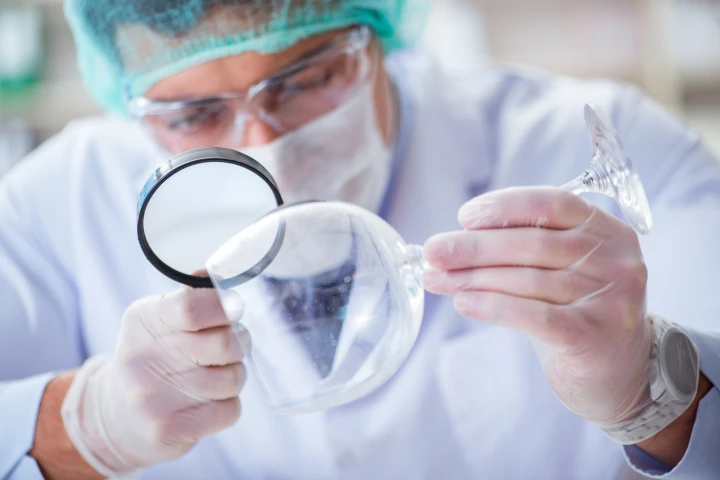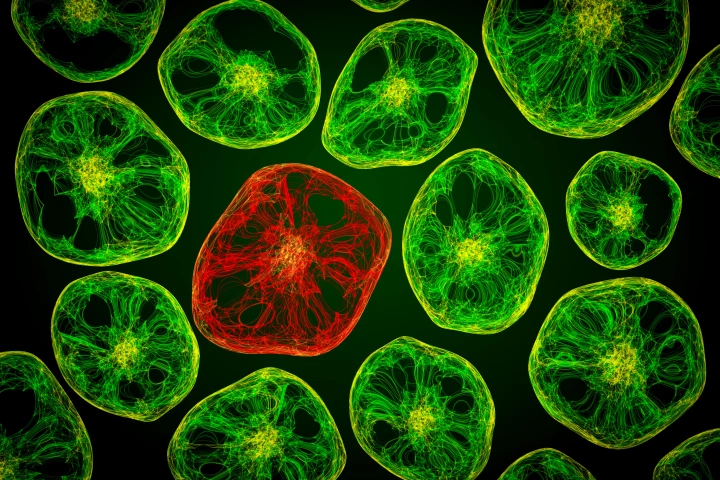DNA
-
A full DNA computer is a step closer, thanks to a new technology that could store petabytes of data in DNA for thousands or even millions of years. The system can also process data, as demonstrated by solving sudoku puzzles.
-
If you've ever watched CSI, you'll know that suspects often leave incriminating traces of their DNA behind at crime scenes. According to a recent study, however, the amount of that genetic material could also point to a person's guilt or innocence.
-
If you're getting plenty of leafy greens, dark chocolate, nuts, and beans, you're probably doing fine. But if your diet is lacking, you might want to pay attention to this new eye-opening study that links a mineral deficiency issue to DNA changes.
-
In the event of a shark attack, it's very important to determine which shark species was responsible. A new study indicates that readily available medical gauze can be used by first responders to obtain that information.
-
Diet has a huge role in health and disease as we age, but making long-term changes are not easy. Now, researchers believe it only takes two months of eating differently to significantly reduce your 'biological' age across five major organ systems.
-
Scientists have assembled the most complete woolly mammoth genome in 3D, thanks to an incredible “freeze-dried” specimen. With its DNA preserved in a glass-like state, chromosomes were found for the first time, and even gene expression patterns.
-
This may be about as wildly entertaining, disruptive and philosophically profound as legitimate scientific research gets. Michael Levin's work in cellular intelligence, bioelectrical communication and embodied minds "is going to overturn everything."
-
In pre-clinical trials, a small molecule effectively regrew neurons, reduced inflammation, and improved memory, speed, coordination, grip strength, and more. The finding could have a profound impact on aging and the diseases that accompany it.
-
DNA is a much denser data storage medium than anything humans can design, but the problem is that it’s fragile. So now scientists have taken another page out of nature’s book and created artificial amber to protect data stored in DNA longer term.
-
Scientists have discovered the organism with the largest known genome. At 160 billion base pairs, it's 50 times bigger than the human genome, and the organism it’s describing is a tiny fern you wouldn’t even notice if you tripped over it on a hike.
-
Using DNA and proteins, scientists have created new synthetic cells that act like living cells. These cells can be reprogrammed to perform multiple functions, opening the door to new synthetic biology tech that goes beyond nature’s abilities.
-
Medically, AI is helping us with everything from identifying abnormal heart rhythms before they happen to spotting skin cancer. But do we really need it to get involved with our genome? Protein-design company Profluent believes we do.
Load More











